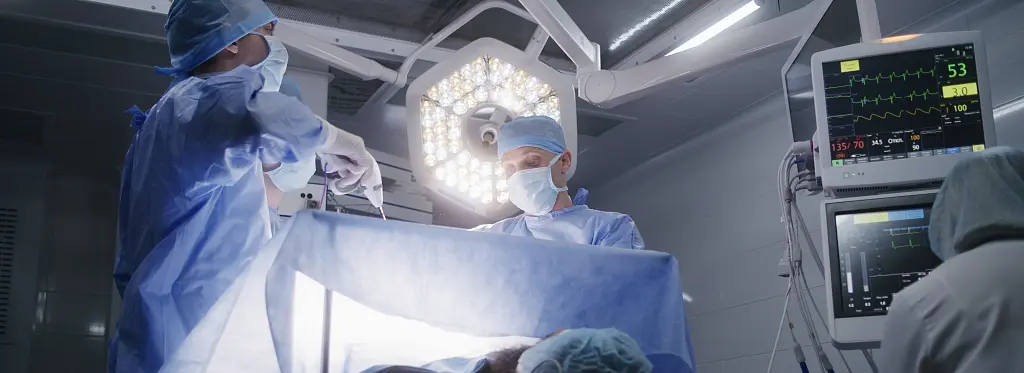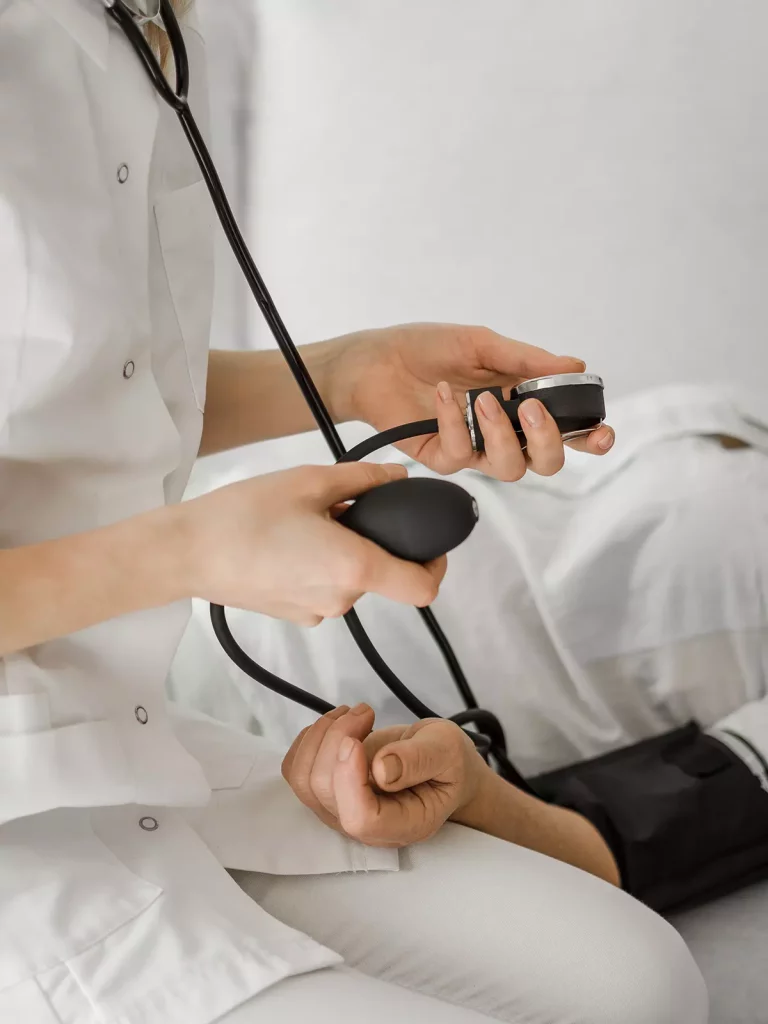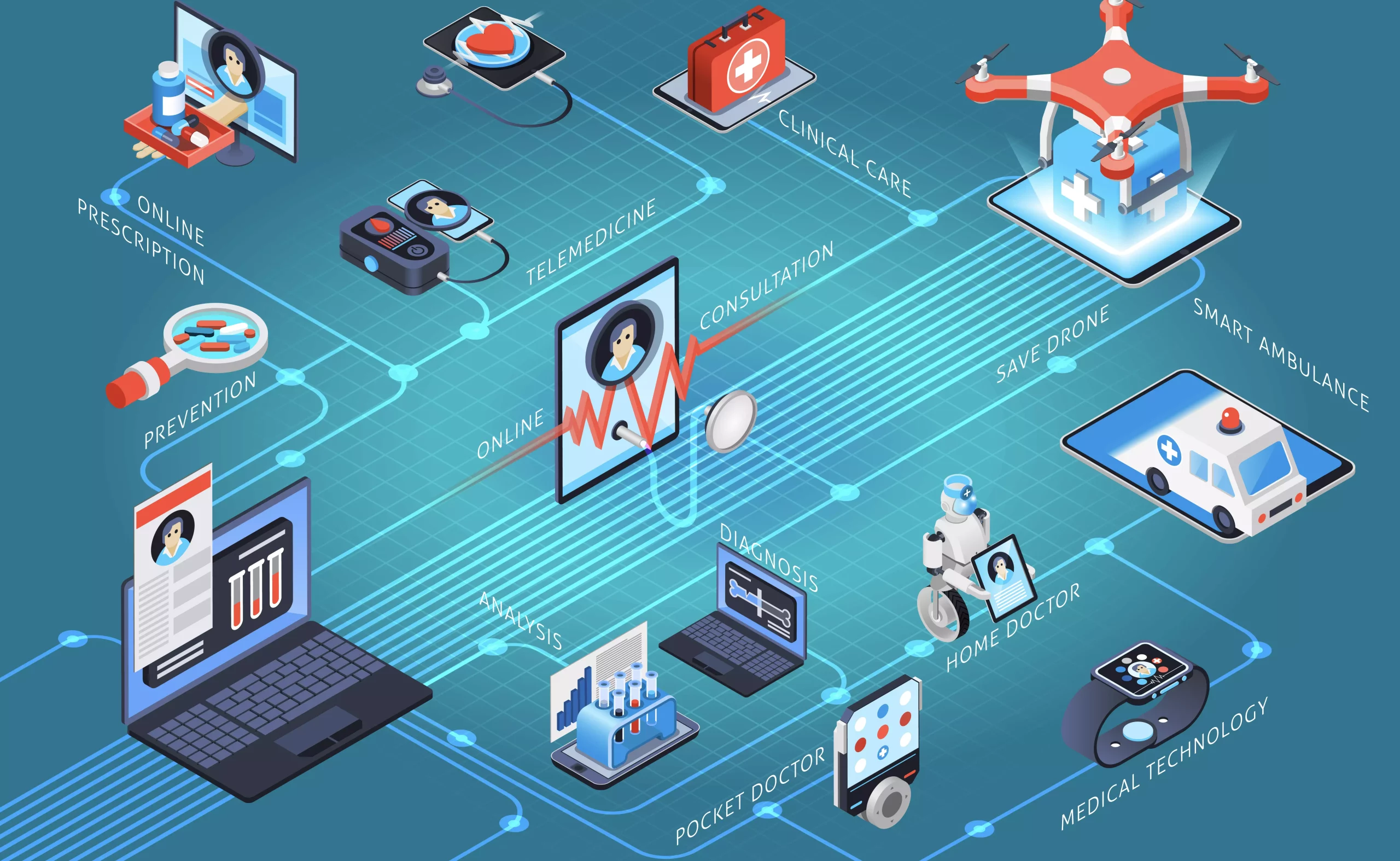Patient monitors are essential medical equipment and play a vital role in key areas such as the emergency room, operating room, and ICU, etc. Patient monitors monitor the patient’s vital signs in real time, ensuring that when any abnormality occurs, medical staff can take prompt action to save the patient’s life.

As medical technology continues to advance, patient monitors are no longer limited to hospital use. The emergence of many small and portable medical monitors has made it possible for people to monitor their health at home or outdoors. Therefore, it is necessary to learn to understand the key indicators of the monitor.
The patient monitor collects and displays critical vital sign data, including ECG, NIBP, SpO2 and TEMP, etc. through sensors connected to the patient’s body. This data not only helps doctors assess a patient’s current state, but also predicts potential health risks to guide treatment decisions.
The main vital signs parameters monitored by patient monitor are:
ECG, HR, RESP, NIBP, SpO2, TEMP, PR, RR, EtCO2, EEG and EMG, etc.
1. What is ECG?
ECG (electrocardiogram), produced by electrocardiography, can reflect the rhythm of the entire heart beat and the weak parts of the heart muscle. The monitor dynamically and continuously displays real-time ECG status through the screen.
The main method to do ECG monitoring is to place electrodes on different parts of the human body and connect them to the monitor via the ECG cable.
The types of ECG can be divided into: 3-lead, 5-lead, 12-lead, etc. 3-lead and 5-lead are often used for continuous monitoring, and 12-lead is often used for one-time ECG diagnosis.
In addition, due to the influence of many factors, there is no fixed standard to determine whether the ECG is normal. Therefore, it needs to be interpreted by a professional medical staff.

2. What is RESP/RR?
RESP and RR are respiratory rate, which is the number of breaths you take per minute. The normal range is: 12~18 breaths per minute.
3. What is HR and PR?
- HR, Heart Rate. It’s the number of times the heart beats per minute. The normal range of adults is 60-100bpm.
- PR, Pulse Rate. It’s the number of times the pulse beats per minute. Normally, the HR should be the same as the PR. The normal range of adults is 60-100bpm.
4. What is NIBP/IBP?
Blood pressure (BP) is the pressure of circulating blood against the walls of blood vessels. It is usually represented by: Systolic pressure (maximum pressure) and Diastolic pressure (minimum pressure).
Normotension: SYS: <120mmHg, DIA: <80mmHg;
High normal: SYS: 120~139mmHg, DIA: 80~89mmHg;
Hypertension: SYS: ≥140, DIA: ≥90mmHg.

The main methods of blood pressure measurement are non-invasive blood pressure measurement (NIBP) and invasive blood pressure measurement (IBP). IBP is a method by inserting a catheter and a monitoring probe into the blood vessel cavity through the body surface. NIBP uses an indirect, noninvasive way such as oscillographic to measure blood pressure.
5. What is SpO2?
SpO2, is percutaneous arterial oxygen saturation. It tests actually oxygen saturation in capillaries. It is measured at the extremities of the body, like a finger, an earlobe, etc. For adults, the normal range is 95%~100%.
6. What is TEMP?
TEMP, is temperature. The normal range of armpit is: 36℃~37℃; of the rectum is: 36.5~37.7℃.
7. What is EtCO2?
EtCO2, End-tidal carbon dioxide. It is the level of carbon dioxide that is released at the end of an exhaled breath. It reflects the patient’s respiratory status, pulmonary ventilation and pulmonary blood flow, etc. The normal range is: 35-45mmHg.
There are 2 methods to do gas sampling: main stream and side stream. Side stream is generally used for respiratory monitoring of analgesic or sedated patients, monitoring the CO2 concentration during spontaneous breathing. Main stream can only be used for patients with endotracheal intubation and cannot be used to monitor patients with spontaneously breathing.
8. About other parameter
- EEG, electroencephalogram. It is a recording of brain activity. During this test, sensors are attached to the scalp to pick up the electrical signals produced by the brain.
- EMG, electromyography. It measures muscle response or electrical activity in response to a nerve’s stimulation of the muscle.
Shanxi JERRY Medical develops and produces patient monitors, which can realize a full range of vital signs monitoring. Small to large patient monitors are available. We will provide you with mature product and perfect service. Look forward to talking with you!









